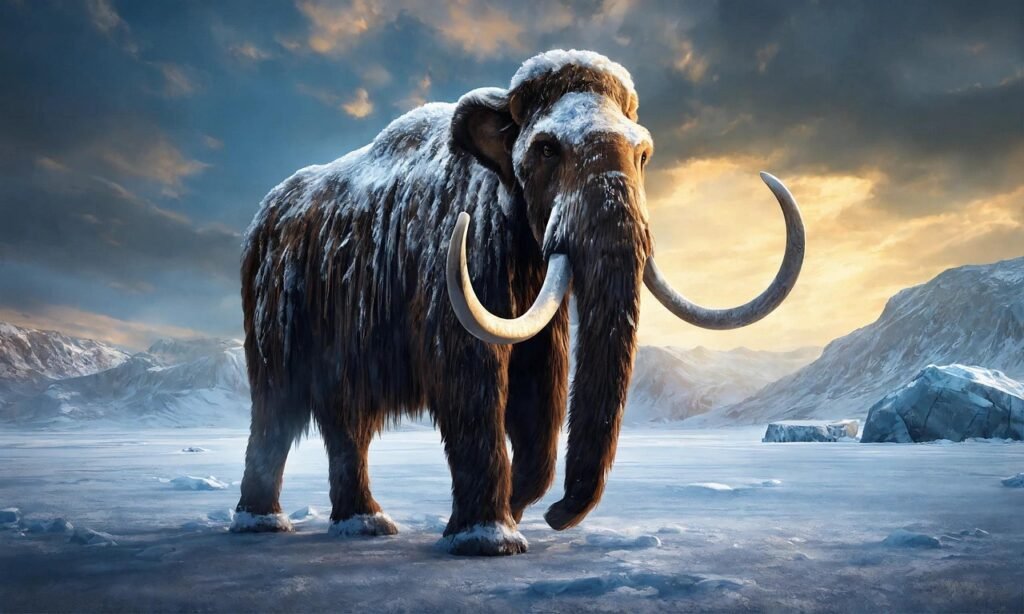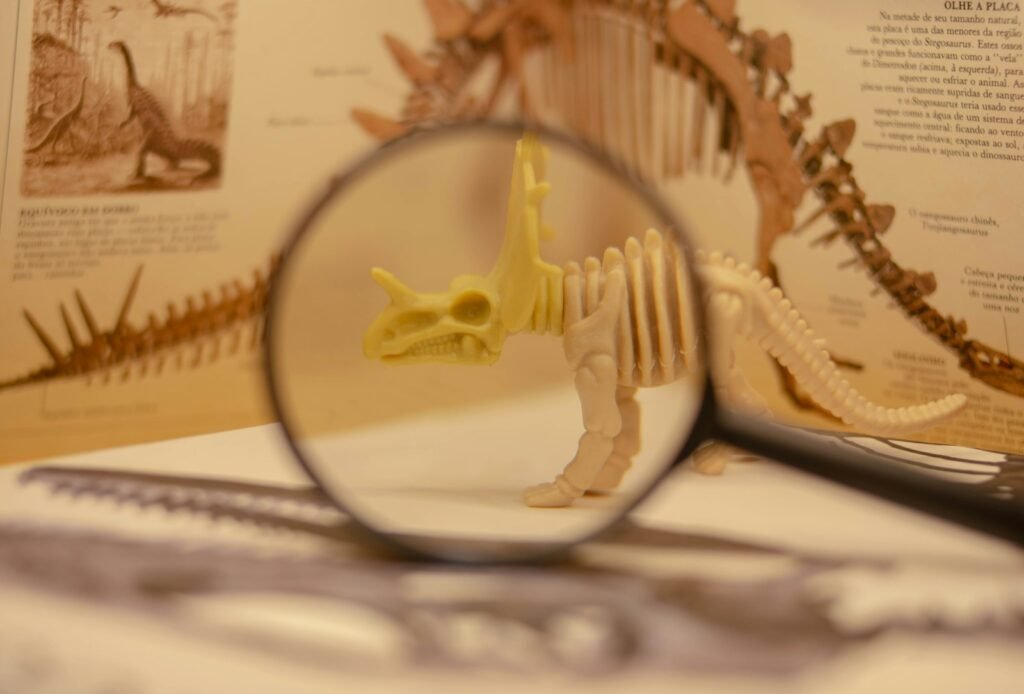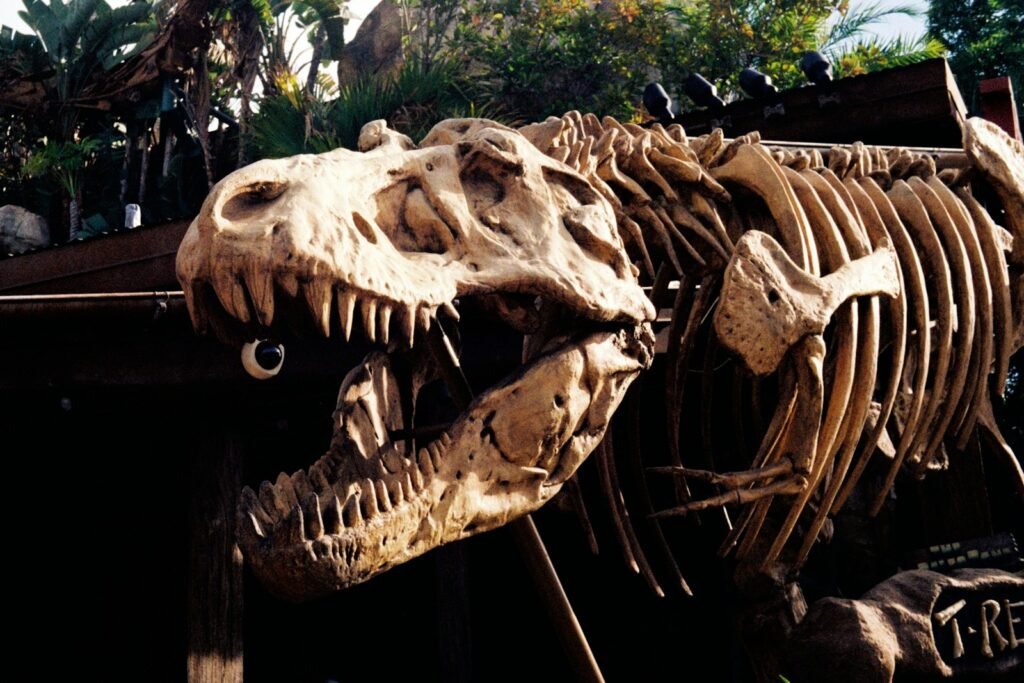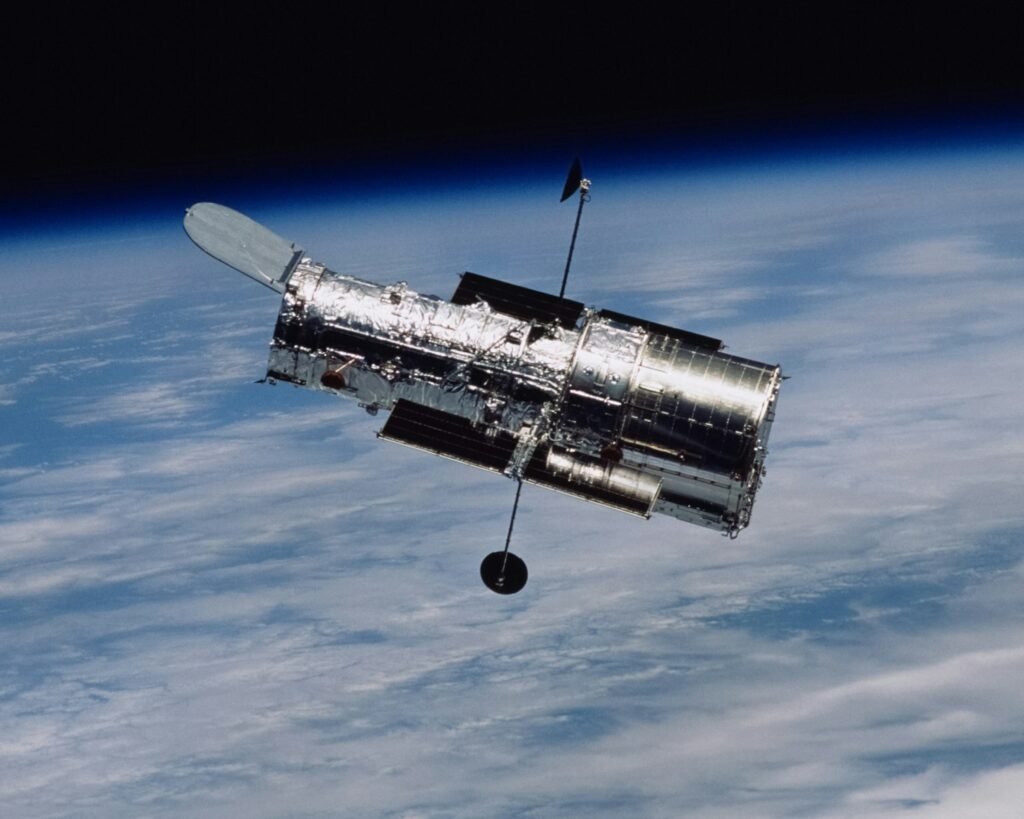Paleontology, the scientific study of life’s history through fossil records, offers invaluable insights into past climates and ecosystems. By examining fossils, scientists can infer environmental conditions that existed millions of years ago. These records act as a window into the climate’s natural variability over geological time scales, allowing us to contextualize current changes.
Fossil Evidence: A Clue to Past Climates

Fossils provide crucial data about past climatic conditions. For instance, the presence of tropical plant fossils in Arctic regions suggests that those areas were once much warmer. Similarly, the types of animals and plants preserved in sedimentary layers indicate prevailing climate conditions, such as temperature and precipitation levels.
Tracking Climate Changes Through Mass Extinctions

Mass extinction events, many of which were climate-driven, are recorded in the fossil record. The most famous of these, the Cretaceous-Paleogene extinction, saw a dramatic shift in the global climate following a massive asteroid impact. By studying such events, paleontologists can understand how rapid climate change stresses ecosystems and leads to large-scale extinctions.
Paleoclimate Modeling

Paleontologists collaborate with climatologists to create paleoclimate models that simulate ancient climates. These models help us understand how atmospheric and oceanic currents responded to stimuli like volcanic eruptions or shifts in Earth’s orbit. Such models are crucial for predicting how current climatic changes may affect Earth’s systems in the future.
Lessons in Adaptation and Evolution

Understanding past climate changes also sheds light on the evolutionary processes that shaped the world’s biodiversity. For example, the migration and adaptation of species during Ice Ages illustrate how organisms respond to climate stress. Studying these adaptations helps predict potential evolutionary trajectories in response to today’s climate change.
Modern-Day Implications of Paleontological Findings

Paleontological research provides a long-term perspective on biodiversity. By understanding how climate change influenced past biodiversity, conservationists can better anticipate which species might be vulnerable in the current warming climate. This helps in creating informed strategies to protect endangered species.
Bridging the Gap Between Past and Present

The study of past climate events, especially those involving drastic changes, can offer invaluable lessons for the present. Recognizing patterns from ancient global warming events, like the Paleocene-Eocene Thermal Maximum, allows scientists to compare them with current trends, refining our predictions and responses to ongoing climate change.
Engaging the Public in Paleontological Discoveries

Making paleontological research accessible and engaging to the public is crucial. Museums, documentaries, and public lectures are essential tools for disseminating the importance of paleontology in understanding our climate. By fostering an appreciation for Earth’s history, we can encourage a more informed public dialogue on climate change.
Conclusion: A Tool for Future Climate Resilience

Paleontology is an indispensable tool in climate change research, providing crucial insights into past climate dynamics and their impact on life. By learning from the past, we can better prepare for the future, ensuring that societies worldwide can build resilience against the looming challenges posed by a changing climate.




